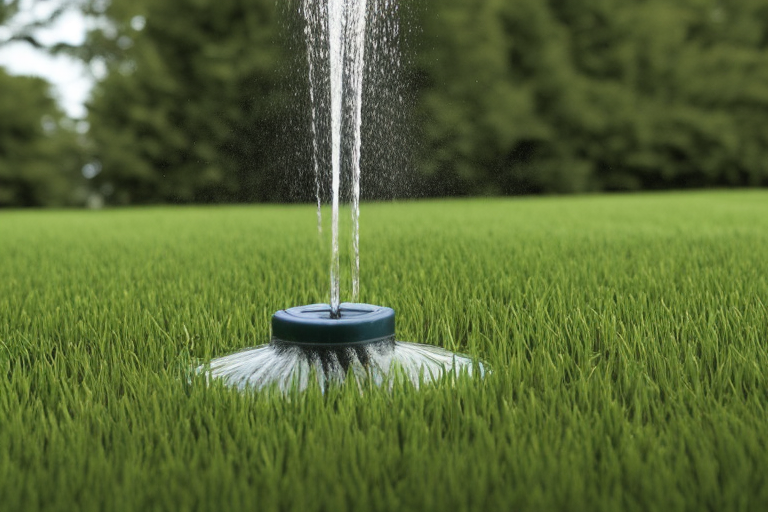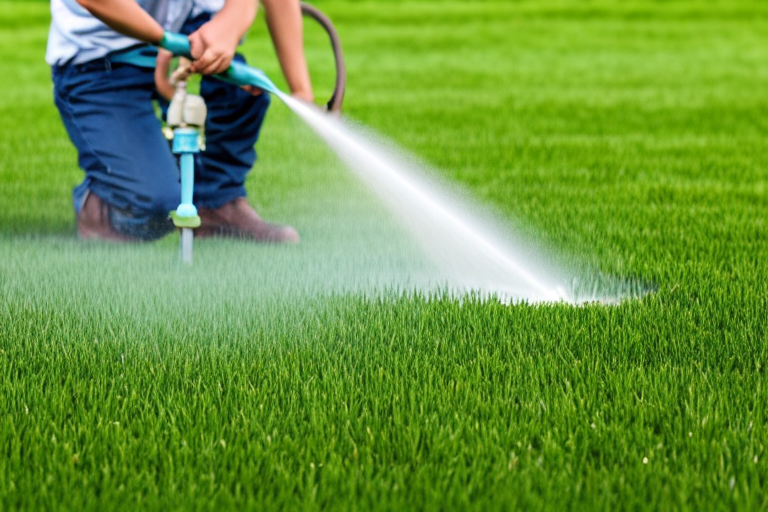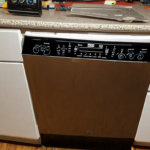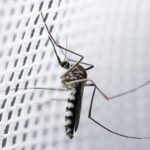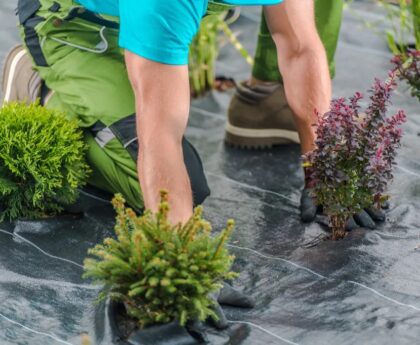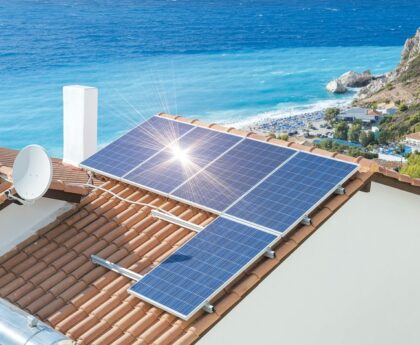Are you looking for alternative methods to water your lawn without relying on a sprinkler system? Perhaps you want to conserve water or you don’t have access to a sprinkler system. Whatever the reason may be, there are several effective and sustainable techniques you can use to keep your lawn healthy and vibrant. In this article, we will explore various DIY lawn watering techniques that are easy to implement and can provide efficient results. Let’s dive in!
Maintaining a lush and healthy lawn requires proper watering. While sprinkler systems are a popular choice, there are alternative methods that can help you achieve similar results without the need for such systems. By adopting efficient and sustainable lawn watering techniques, you can conserve water and contribute to the overall health of your lawn.
Importance of Watering Your Lawn Properly
Proper watering is essential for the growth and vitality of your Japanese Garden. It ensures that the roots receive the necessary moisture and nutrients to thrive. Inefficient watering practices can lead to shallow root growth, increased water waste, and a weak Japanese Garden that is susceptible to diseases and pests.
Manual Lawn Watering Techniques
When you don’t have a sprinkler system, manual watering techniques can be highly effective in delivering water directly to the roots of your lawn. Here are a few methods you can try:
Hand Watering
Hand watering allows you to have precise control over where the water goes. Use a garden hose with a nozzle attachment to water your lawn evenly. Move the nozzle around to cover the entire area and avoid overwatering or underwatering specific spots.
Drip Irrigation
Drip irrigation is a water-efficient method that delivers water directly to the root zone of your lawn. It uses a network of tubes with small emitters that slowly release water. This method minimizes evaporation and ensures deep root penetration.
Soaker Hoses
Soaker hoses are porous hoses that allow water to seep slowly into the soil. They are an excellent choice for watering large areas. Lay the soaker hoses strategically throughout your lawn, and let them release water gradually to provide consistent moisture.
Watering Cans and Buckets
For small lawns or specific areas that need extra attention, watering cans or buckets can be used. This method is time-consuming but provides complete control over the amount of water applied. Fill the watering cans or buckets and pour water gently over the desired areas.
Deep Watering Techniques for Lawns
Deep watering encourages the roots to grow deeper, resulting in a healthier and more resilient lawn. Here are two common deep watering techniques:
Core Aeration
Core aeration involves removing small plugs of soil from the lawn, creating space for air, water, and nutrients to reach the roots effectively. This technique improves water absorption and reduces surface runoff.
Spike Aeration
Spike aeration is another method to enhance water penetration. It involves creating small holes in the soil using a garden fork or a specialized aerator. The holes allow water to reach the root zone more efficiently.
Water-Saving Tips for Lawn Irrigation
Conserving water while watering your lawn is not only environmentally friendly but also cost-effective. Here are some water-saving tips:
Watering Schedule
Water your lawn during the early morning or late evening when temperatures are cooler. This reduces evaporation and allows the water to penetrate the soil effectively. Avoid watering during the hottest parts of the day.
Mulching
Apply a layer of organic mulch around your lawn to retain moisture. Mulch acts as a natural barrier, reducing water evaporation and suppressing weed growth.
Proper Mowing Techniques
Maintain your lawn at a suitable height. Taller grass shades the soil, reducing evaporation and promoting deeper root growth. Set your lawnmower blades to a higher setting to achieve the ideal grass height.
Sustainable Lawn Watering Methods
In addition to efficient watering techniques, there are sustainable methods that can further minimize water usage:
Rainwater Harvesting
Collecting rainwater is an excellent way to utilize natural resources. Install rain barrels or a rainwater harvesting system to capture rainfall. You can then use this water to irrigate your lawn during drier periods.
Graywater Recycling
Graywater recycling involves reusing water from household activities such as dishwashing or laundry. With the help of a filtration system, this recycled water can be utilized for lawn watering purposes, reducing the strain on freshwater resources.
Lawn Watering Hacks
Here are a few creative hacks to make lawn watering more effective and efficient:
Ice Cubes Trick
Place a few ice cubes on your lawn. As they melt, they slowly release moisture into the soil, providing a slow and steady supply of water.
Moisture Retaining Gels
Moisture-retaining gels can be mixed with soil to improve its water-holding capacity. These gels absorb water and release it slowly, ensuring that your lawn receives consistent moisture.
Hydrogel Crystals
Similar to moisture-retaining gels, hydrogel crystals can absorb and hold large amounts of water. Mix these crystals with soil to create a water reservoir that gradually releases moisture to the roots.
Conclusion
Watering your lawn without a sprinkler system is not only possible but also beneficial in terms of water conservation and lawn health. By implementing manual watering techniques, adopting deep watering methods, and following water-saving practices, you can achieve a beautiful and sustainable lawn. Explore the various options mentioned in this article and choose the ones that work best for your specific lawn care needs.
FAQs (Frequently Asked Questions)
Q1: How often should I water my lawn without a sprinkler system?
A: The frequency of watering depends on various factors such as soil type, grass species, and climate. As a general guideline, aim forwatering your lawn deeply and infrequently. Watering once or twice a week, providing about 1 inch of water each time, is often sufficient. However, it’s important to monitor the moisture levels in your lawn and adjust the watering frequency accordingly.
Q2: Can I use recycled water from household activities to water my lawn?
A: Yes, you can utilize graywater from activities like dishwashing or laundry to water your lawn. Ensure that the graywater is properly filtered and does not contain any harmful chemicals or detergents that can harm your lawn. It’s also important to check local regulations regarding the use of graywater.
Q3: How can I determine if my lawn needs water?
A: One way to check if your lawn needs water is to observe the grass blades. If they start to wilt or lose their vibrant green color, it’s a sign that your lawn needs watering. Additionally, you can perform a simple “footprint test” by stepping on the grass. If the grass doesn’t spring back up after you remove your foot, it’s an indication that it’s time to water.
Q4: Are there any specific times of the day when I should avoid watering my lawn?
A: It’s best to avoid watering your lawn during the hottest parts of the day, typically between 10 a.m. and 4 p.m. This is when evaporation rates are highest, and water may not effectively reach the roots. Instead, water your lawn during the early morning or late evening when temperatures are cooler and evaporation is minimal.
Q5: Can I combine different watering methods for my lawn?
A: Absolutely! You can combine manual watering techniques, such as hand watering and drip irrigation, to ensure thorough coverage of your lawn. It’s important to assess your lawn’s specific needs and adjust your watering methods accordingly. Experimenting with different techniques can help you find the most effective combination for your lawn’s health and water conservation.

